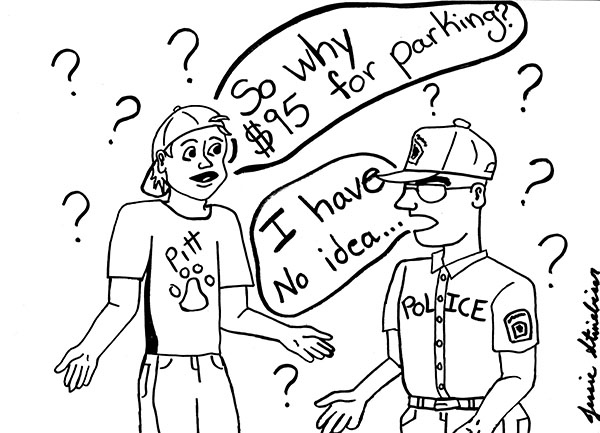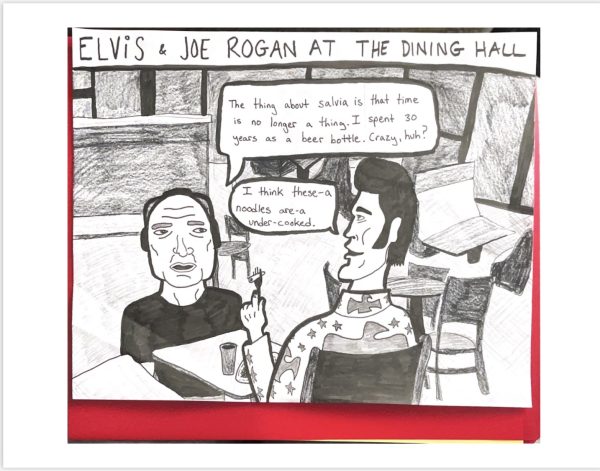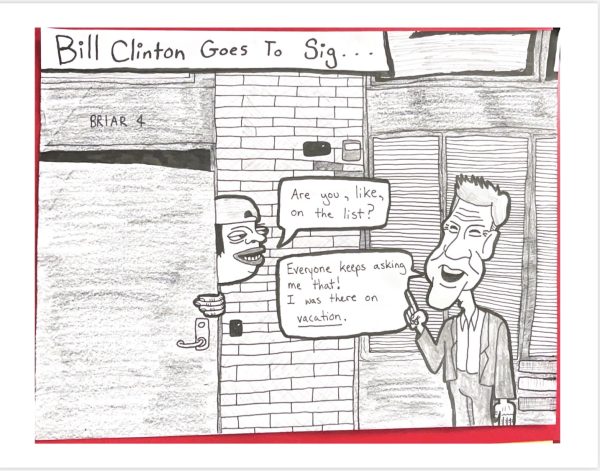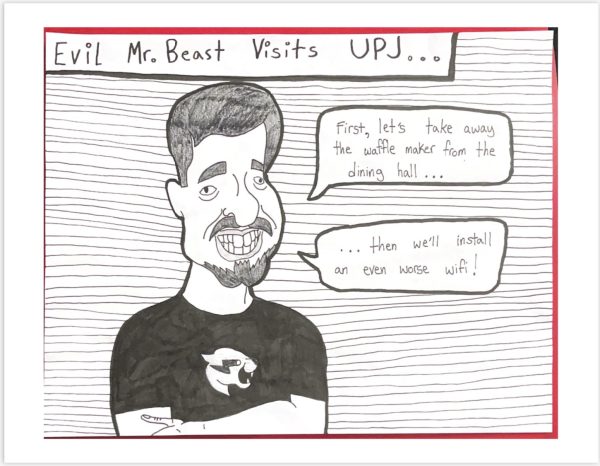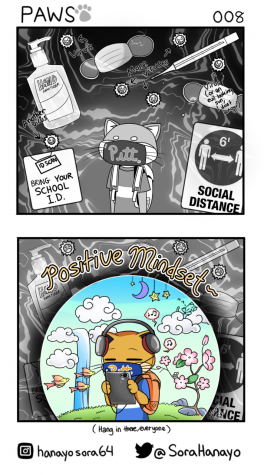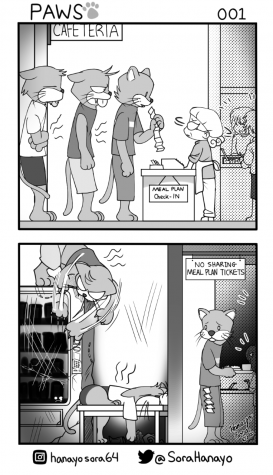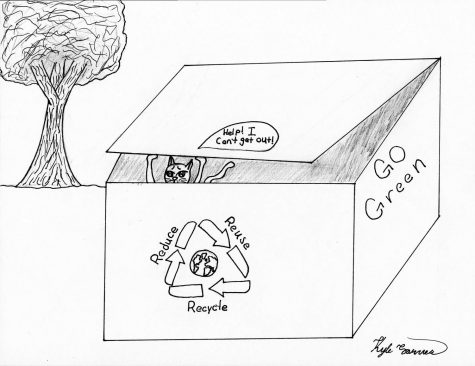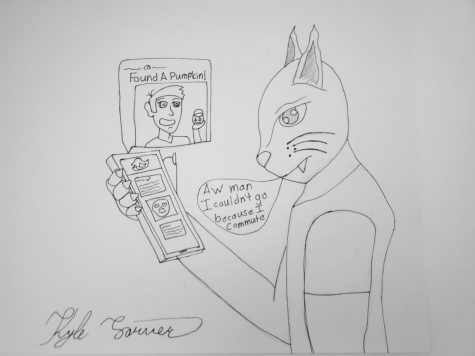Where is your money being spent?
September 30, 2015
Pitt-Johnstown students, as well as most college students, invest a substantial amount of money in their education. Most universal fees across college campuses are for housing, meals and tuition.
On a Pitt-Johnstown student’s bill, there are additional fee breakdowns, some of which may not be as self-explanatory, causing students to wonder about the purpose of these fees and how university officials spend the revenue these fees provide.
Good luck finding out.
The parking pass annual cost at Pitt-Johnstown has increased by $5 per student. Currently, full-time students pay $95 and part-time students pay $47.50.
Revenue received from parking pass fees is believed to pay for parking lot and roadway maintenance. However, at least two Pitt-Johnstown students said they feel that the parking pass price increase has not resulted in what they perceive to be better parking space and roadway upkeep.
Roadways by the Sports Center, townhouse parking entranceways and Kunk’s Drive have been repaved – selectively. Driving down these roads, one may notice that the potholes have been filled in a fashion similar to fabric patches sewn over holes in a pair of jeans.
We must take a moment to consider, however, that maybe there was only enough money in last year’s parking pass pot to provide the bumpy roads with this spot treatment. Questions may arise about the various fees listed on students’ university bills and how that money is spent, and where it is going.
Some fees’ names appear vague, which may leave students wondering what the difference is between two separate fees and where a more detailed description of each fee can be found. Most students may not immediately recognize the facility fee, recreation fee and student activity fee’s purposes before finding additional information explaining each. And, besides that, shouldn’t the fee-payers get an accounting of how their money is being spent?

